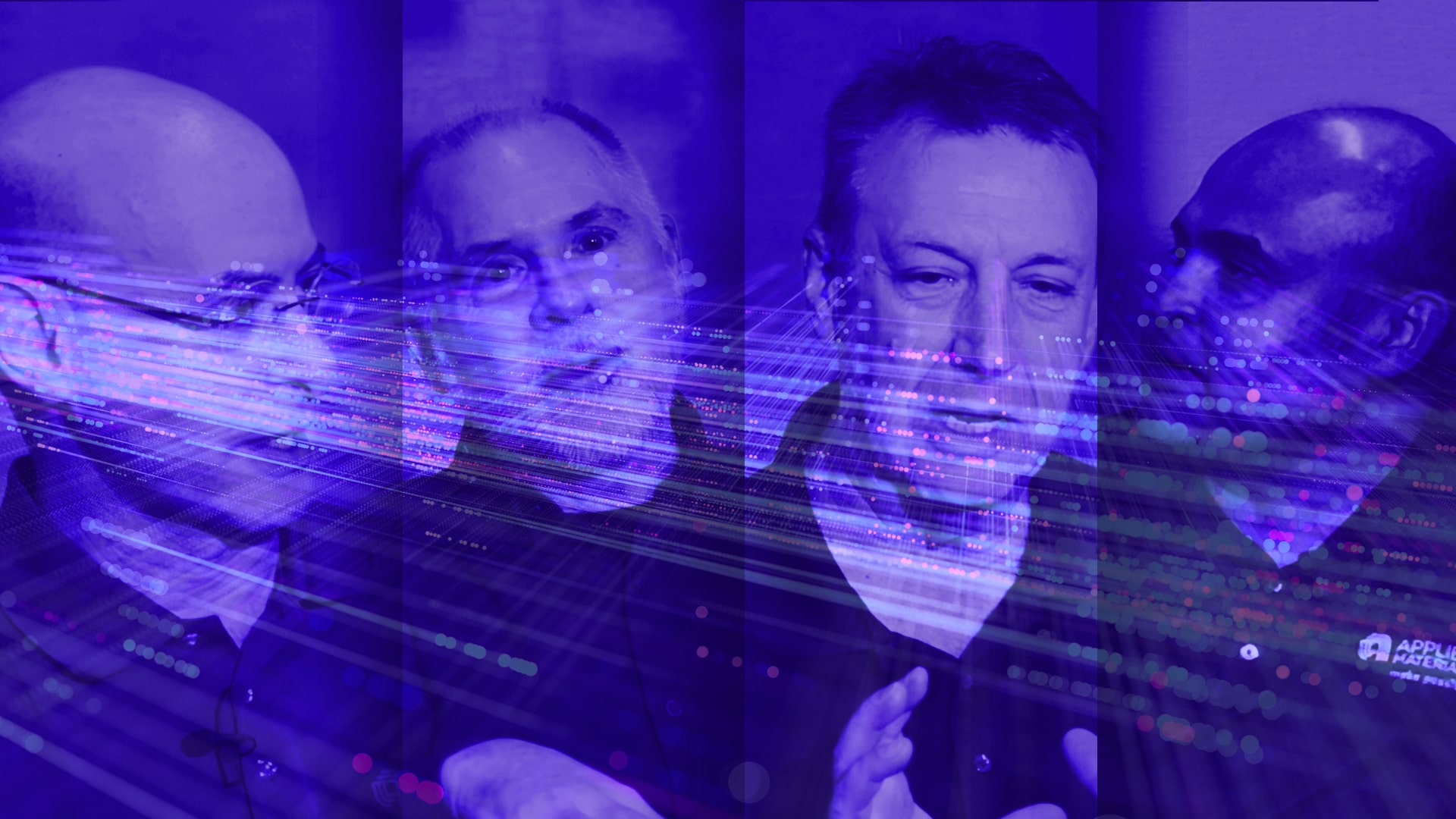Transcript
We get a question pretty frequently, which is, what is SmartFactory and what does it mean to you? So I’m suspecting every one of you has a completely different take on this. Yeah. To me, SmartFactory means, you know, a fully integrated and fully, you know, communicative, collaborative manufacturing systems, which help you to kind of, you know, get the information in real time from your physical assets, and so that you can react to it and kind of form better strategies to improve, you know, the quality, improve throughput, and of course, you know, focus more on how you can make your factories more predictable.
There are so many different pieces of software that can go into a manufacturing facility. Software that does scheduling, software that does yield control, software that tracks lots of things like that, but how they talk with each other, how they integrate with each other to form a symbiotic system, to me, is really the key that makes the SmartFactory suite of software really unique throughout the industry. Nothing is integrated like the SmartFactory suite, and that’s what it’s all about to me, the integration. That’s the important thing.
The integration really encapsulates when you look at multiple systems that are trying to solve a common problem together, and one initiates something on the other. That means that there’s more than a pipeline. There’s a sharing of data.
In some cases, there’s a sharing of logic so that they can interoperate to solve that common problem together, and I think that as we think about that integration, it’s one of probably three key elements that really is required to be in smart manufacturing. I look at it as, what do we understand and what do we not understand? And what I mean by that is, if it’s an environment that provides the means for me to learn something about what I do and indoctrinate it into a manufacturing behavior, then it’s a SmartFactory, because it allows me to, first of all, to learn something that I didn’t previously know, and then the second part is to put it into a behavior in the facility. It’s a behavior of an automation system that allows me to learn what I don’t know, master what I do know, my disciplines and so on, and then ultimately translate it into some sort of a behavior in the automation realm itself that affects something directly in the factory in real time.
We have more data than we understand, correct. And I think that’s the first flaw. If we get to a point where we can learn what matters, we could probably throw away quite a bit of data that we today retain for the purposes of who knows what. So the question becomes, can you build an environment that helps us grow, learn the behavior of what we’re trying to do, and ultimately do new things that we previously didn’t think were possible? That, to me, is what it means to me.That’s what SmartFactory means to me.
So really, SmartFactory is about tying the capabilities of the software to actual factory metrics, things that improve the factory, things that improve process quality, things that improve productivity, for example. That’s really important.

